When accidents happen, they rarely leave behind a neat and simple explanation. Skid marks fade, witness memories get fuzzy, and insurance adjusters might spin the facts in ways that suit their side of the story. That’s where accident reconstruction steps in — a mix of science, engineering, and investigation aimed at piecing together what really happened on the road. It’s a field that often becomes the deciding factor in courtrooms and negotiations.
Why Accident Reconstruction Matters
Imagine two cars colliding at an intersection. Both drivers claim they had the green light. Without reliable evidence, it becomes a game of “he said, she said.” Accident reconstruction experts step in with training that allows them to analyze vehicle damage, road conditions, traffic signals, and even the way a bumper bends under pressure. Their job is to reconstruct the sequence of events, showing judges, juries, and attorneys not just what could have happened — but what likely did.
Insurance companies lean on these findings to resolve disputes. Attorneys call on experts to strengthen claims. And for victims or families seeking justice, these specialists provide a voice rooted in science rather than speculation.
The Science Behind Reconstruction
It’s easy to picture this work as something out of a crime drama, but in reality, it’s more technical. Specialists use formulas to calculate speeds, angles, and force of impact. They might gather black box data from modern cars, which records things like brake use and seatbelt status seconds before a crash. Drone footage and 3D laser scanners are also common tools.
These pieces of evidence are stitched together into a story that answers critical questions: Who was at fault? Was speed involved? Did road design or weather conditions play a role? The answers don’t just help in court; they can also highlight safety issues that prevent future accidents.
The Importance of Expertise
Not all experts are created equal. A car accident reconstruction expert usually has a background in engineering, physics, or law enforcement, along with specialized training. Their credibility depends not only on technical knowledge but also on the ability to communicate findings clearly to people without a technical background.
Think about it: A jury doesn’t want a lecture on velocity vectors. They want a simple explanation of why Car A hit Car B — backed by facts that stand up to scrutiny. That balance of science and storytelling is what makes an expert valuable.
Finding the Right Specialist
For attorneys, families, or even insurance companies, the challenge often lies in knowing how to find an accident reconstruction expert who is truly reliable. Credentials matter. Certifications from organizations like the Accreditation Commission for Traffic Accident Reconstruction (ACTAR) add weight. Experience in similar cases is also a plus, as is the ability to withstand tough cross-examination.
In practice, many law firms maintain networks of trusted experts, while others turn to professional associations or referrals. But the decision isn’t just about resumes — it’s about fit. An expert who’s brilliant on paper but can’t explain findings in plain English may struggle to make an impact in court.
Testimony That Can Change a Case
One of the most powerful roles these specialists play is serving as an accident reconstruction expert witness. In court, their testimony often carries more weight than conflicting witness accounts. Judges and juries tend to respect someone who can back up claims with hard evidence and professional credibility.
An effective witness doesn’t just drop technical jargon; they use visuals, diagrams, and relatable explanations. For instance, instead of rattling off formulas, they might show how the crumple zones of a car reveal the direction of impact. Those small touches can shift the perception of a case entirely.
Beyond the Courtroom
While legal battles are often the focus, reconstruction work also influences public safety. Findings from experts have led to road redesigns, vehicle recalls, and policy changes. In that sense, their work benefits not just the people involved in a specific crash but society as a whole. It’s a reminder that every skid mark tells a bigger story, one that could prevent future tragedies.
The Human Side
It’s easy to get lost in the science, but behind every case is a family, a driver, or a community seeking closure. For them, the work of reconstruction isn’t abstract — it’s deeply personal. Knowing the truth, even if it doesn’t erase the pain, often brings a sense of resolution. Experts who understand this human element tend to approach their work with not only precision but also empathy.
Final Thoughts
Accidents are chaotic, but the role of reconstruction experts is to bring clarity out of that chaos. They bridge the gap between raw evidence and understandable truth. Whether it’s an insurance claim, a civil lawsuit, or a criminal trial, their insights often determine outcomes that affect lives in very real ways.
The next time you read about a crash case in the news, remember: the story probably wasn’t just told by drivers or lawyers. Somewhere in the background, an expert quietly pieced together the puzzle, ensuring the truth didn’t get lost in the noise.


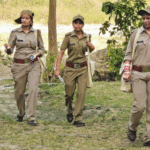


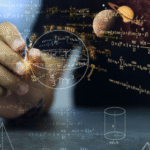






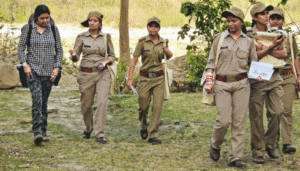


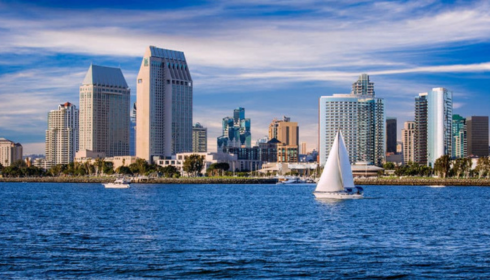

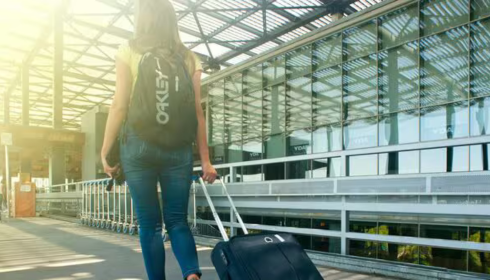
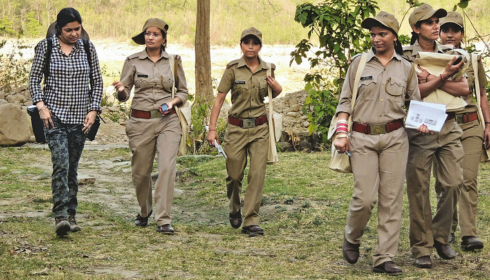




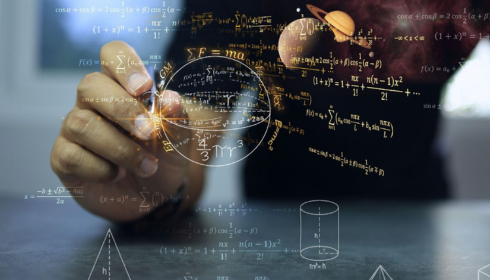


+ There are no comments
Add yours